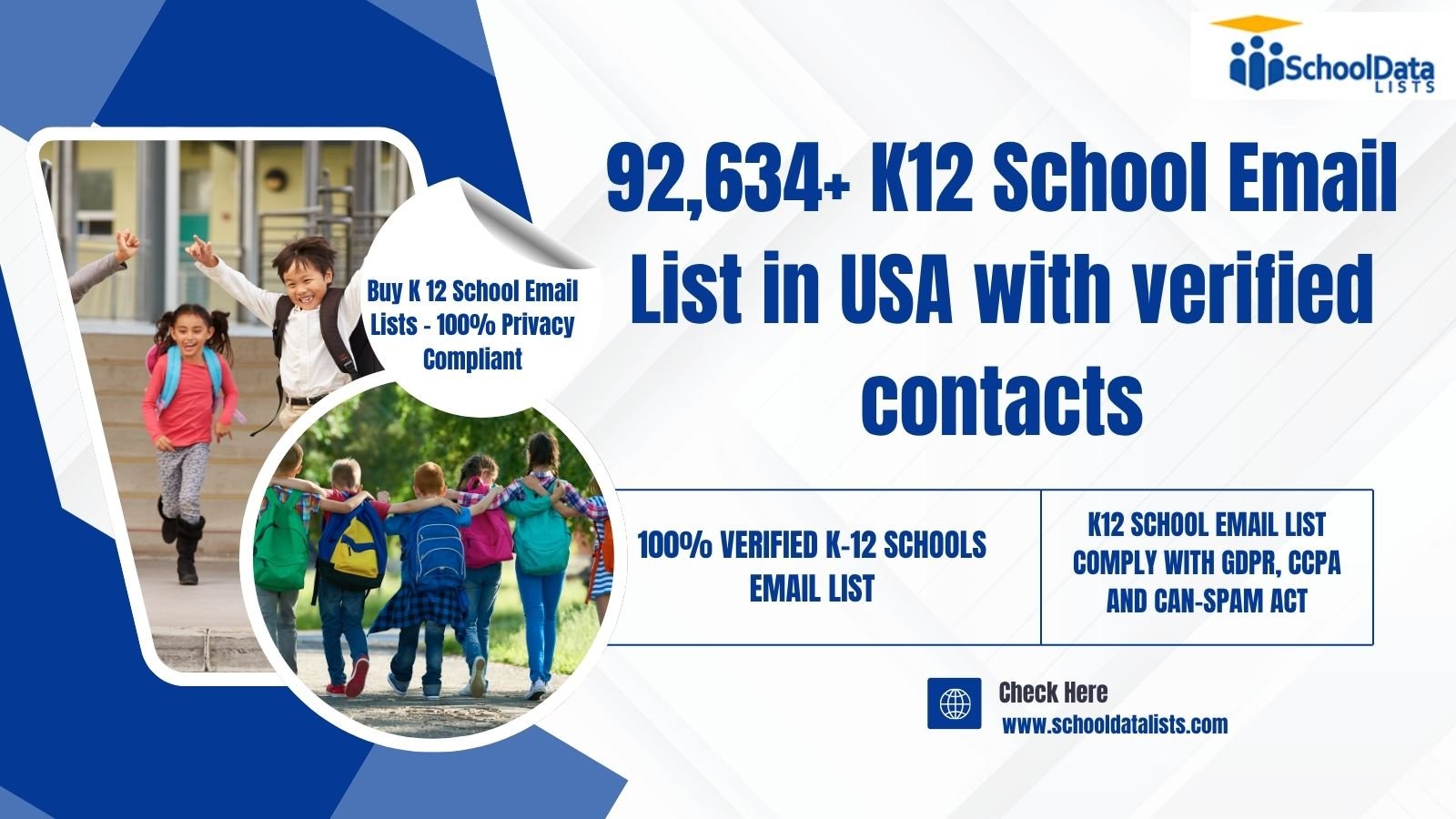Managing inventory is crucial for any business aiming to optimize operations, reduce costs, and maintain customer satisfaction. One particular challenge is dealing with rejected inventory—products that do not meet quality standards or customer requirements. Efficiently clearing this inventory can unlock value and minimize losses.
This article explores effective strategies for the clearance of rejected inventory, best practices, and how businesses can turn this challenge into an opportunity.
Table of Contents
- What is Rejected Inventory?
- Common Causes of Inventory Rejection
- Why Clearing Rejected Inventory Matters
- Effective Clearance Strategies
- 4.1 Direct Sales at Discounted Prices
- 4.2 Return to Supplier
- 4.3 Repurposing or Reworking
- 4.4 Donation for Social Good
- 4.5 Recycling and Waste Management
- Best Practices for Efficient Inventory Clearance
- Tools and Technologies for Inventory Management
- Case Studies: Successful Clearance Examples
- Conclusion
What is Rejected Inventory?
Rejected inventory refers to products that have been deemed unsellable in their current state due to quality issues, defects, or failure to meet customer specifications. This can occur at various points in the supply chain, from manufacturing to distribution.
Common Causes of Inventory Rejection
- Manufacturing Defects: Flaws in production processes.
- Quality Control Failures: Products not meeting quality standards.
- Customer Returns: Due to dissatisfaction or incorrect orders.
- Packaging Issues: Damaged or non-compliant packaging.
- Regulatory Non-Compliance: Failure to meet legal requirements.
Why Clearing Rejected Inventory Matters
Effective clearance of rejected inventory offers several benefits, including:
- Cost Savings: Reducing storage and handling costs.
- Space Optimization: Freeing up warehouse space for new stock.
- Revenue Recovery: Generating income from products otherwise considered a loss.
- Environmental Benefits: Reducing waste through recycling and repurposing.
Effective Clearance Strategies
4.1 Direct Sales at Discounted Prices
Selling rejected inventory directly to consumers at discounted rates can recover a portion of the initial investment. Outlet stores and online platforms are ideal channels for this strategy.
4.2 Return to Supplier
If the rejection is due to supplier errors, negotiate returns or compensation. This strategy requires strong contractual agreements and supplier relationships.
4.3 Repurposing or Reworking
Some rejected products can be reworked or repurposed for different applications. This may involve minor repairs, repackaging, or product modifications.
4.4 Donation for Social Good
Donating rejected but safe-to-use inventory to charities can generate goodwill and tax benefits while supporting communities.
4.5 Recycling and Waste Management
For products beyond salvage, recycling materials is an environmentally responsible option. Proper waste management ensures compliance with environmental regulations.
Best Practices for Efficient Inventory Clearance
- Implement Quality Control Early: Prevent rejections by maintaining high-quality standards.
- Track Inventory in Real-Time: Use inventory management software to monitor stock and identify clearance opportunities.
- Segregate Rejected Inventory: Isolate defective products to avoid confusion.
- Establish Clear Policies: Define protocols for handling rejected inventory, including return policies and disposal methods.
- Data Analysis: Analyze rejection patterns to identify and address root causes.
Tools and Technologies for Inventory Management
- Inventory Management Systems (IMS): Automate tracking and categorization of rejected inventory.
- Data Analytics Tools: Provide insights into rejection trends.
- Barcode and RFID Systems: Enhance inventory visibility.
Case Studies: Successful Clearance Examples
Company A: Retail Discount Strategy
A fashion retailer turned rejected inventory into revenue by launching a dedicated clearance outlet, increasing overall profit by 15%.
Company B: Donation Initiative
An electronics manufacturer donated returned and slightly defective products to educational institutions, receiving tax benefits and positive media coverage.
Why Efficient Clearance of Rejected Inventory Matters
1. Cost Efficiency
Storing rejected inventory incurs warehousing and handling expenses. Efficient clearance frees up space and reduces costs.
2. Revenue Recovery
Selling rejected products at discounted rates or repurposing them can recover a significant portion of their value.
3. Environmental Impact
Proper disposal or recycling minimizes waste and supports sustainability efforts.
4. Brand Reputation
Responsible handling of rejected inventory through donation or repurposing can boost a company’s image.
Strategies for Clearing Rejected Inventory
1. Discount Sales Channels
Selling rejected inventory at a lower price through clearance sales, outlet stores, or online marketplaces can attract budget-conscious customers.
2. Return to Supplier
Negotiate returns with suppliers for defective or non-compliant inventory, especially if they are responsible for the issues.
3. Product Repurposing or Reworking
Reworking or repurposing products to make them saleable is a common practice in manufacturing and retail industries.
4. Donations for Corporate Social Responsibility (CSR)
Donate usable but unsellable products to charities, non-profits, or community programs. This can result in tax deductions and positive brand exposure.
5. Recycling and Responsible Disposal
Recycle materials when possible. Partner with certified waste management firms to dispose of non-recyclable products safely.
6. Auctioning Inventory
Selling rejected inventory to liquidation companies or through auctions can quickly clear space and recover costs.
7. Partnering with Clearance Retailers
Work with third-party clearance retailers who specialize in selling excess and rejected inventory.
Best Practices for Efficient Clearance
1. Real-Time Inventory Tracking
Implement inventory management systems (IMS) that track product statuses and help identify rejected inventory promptly.
2. Quality Control at Multiple Stages
Conduct quality checks at different stages of the supply chain to reduce rejections.
3. Segregate Rejected Inventory Immediately
Designate specific areas for rejected products to avoid confusion and ensure efficient handling.
4. Data Analysis for Root Cause Identification
Analyze rejection trends to pinpoint and address underlying causes.
5. Clear Policy Guidelines
Establish and communicate clear policies for handling, reworking, or disposing of rejected inventory.
6. Regular Staff Training
Train staff on proper handling and documentation of rejected inventory.
Technological Solutions for Managing Rejected Inventory
1. Inventory Management Software (IMS)
Automates tracking and categorization of rejected inventory.
2. Data Analytics Tools
Provide insights into rejection patterns, helping businesses make data-driven decisions.
3. Barcode and RFID Systems
Improve visibility and accuracy in inventory management.
4. ERP Systems
Integrate inventory management with other business functions for seamless operations.
Challenges in Clearing Rejected Inventory
- Storage Costs: Rejected inventory takes up valuable warehouse space.
- Quality Control Issues: Determining whether products can be reworked or repurposed.
- Environmental Compliance: Ensuring responsible disposal of waste.
- Customer Perception: Managing brand reputation when selling discounted or reworked products.
Case Studies: Success Stories in Inventory Clearance
1. Fashion Retailer’s Outlet Strategy
A leading fashion brand opened outlet stores specifically for rejected and surplus inventory, recovering 20% of lost revenue.
2. Electronics Manufacturer’s Donation Program
An electronics company donated defective but usable products to educational institutions, gaining positive media coverage and tax benefits.
3. Food Manufacturer’s Recycling Initiative
A food processing company partnered with a waste management firm to compost rejected products, reducing landfill waste by 30%.
Environmental and Social Responsibility
Clearing rejected inventory responsibly aligns with environmental and social governance (ESG) principles. Businesses that adopt sustainable practices can benefit from increased customer loyalty and compliance with regulations.
Conclusion
The clearance of rejected inventory is a vital aspect of effective inventory management. By adopting the right strategies and leveraging best practices, businesses can minimize losses, recover value, and contribute positively to the environment and community.
Embrace innovation, maintain robust quality control, and continuously optimize clearance processes to stay competitive in the market.












Leave a Reply